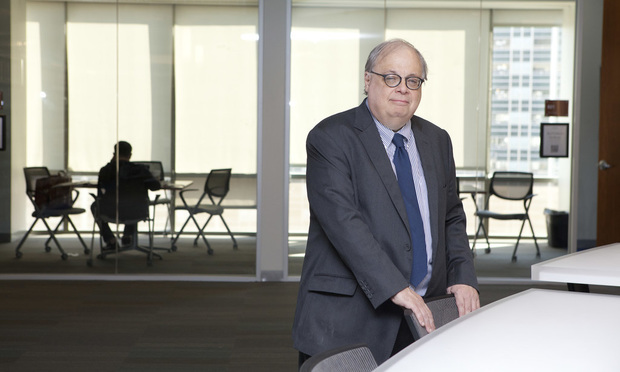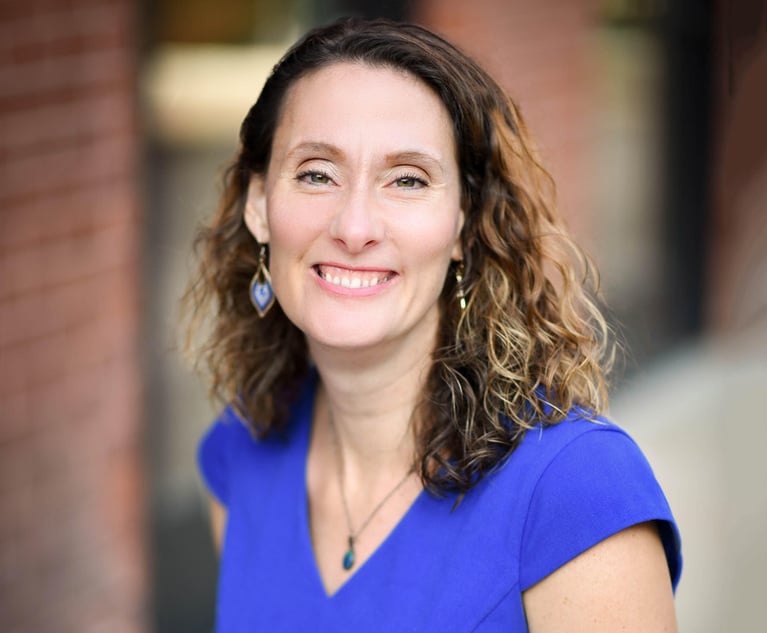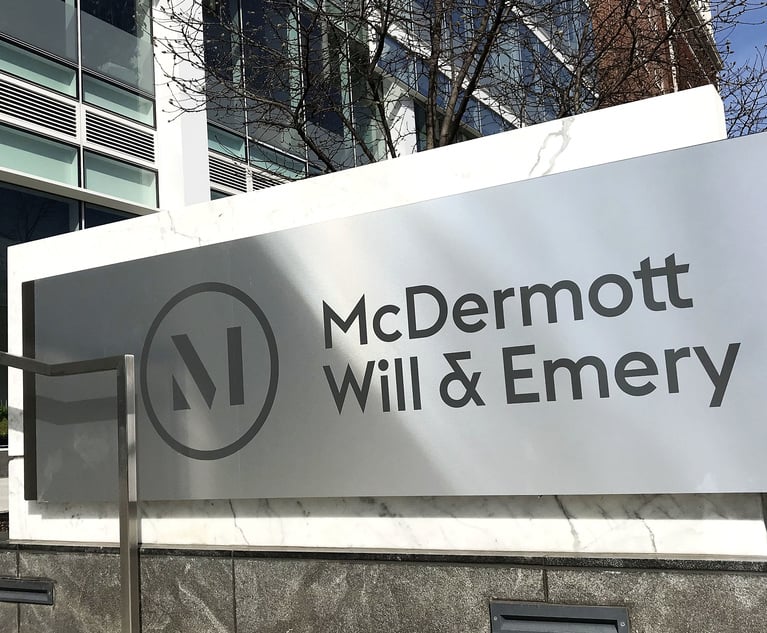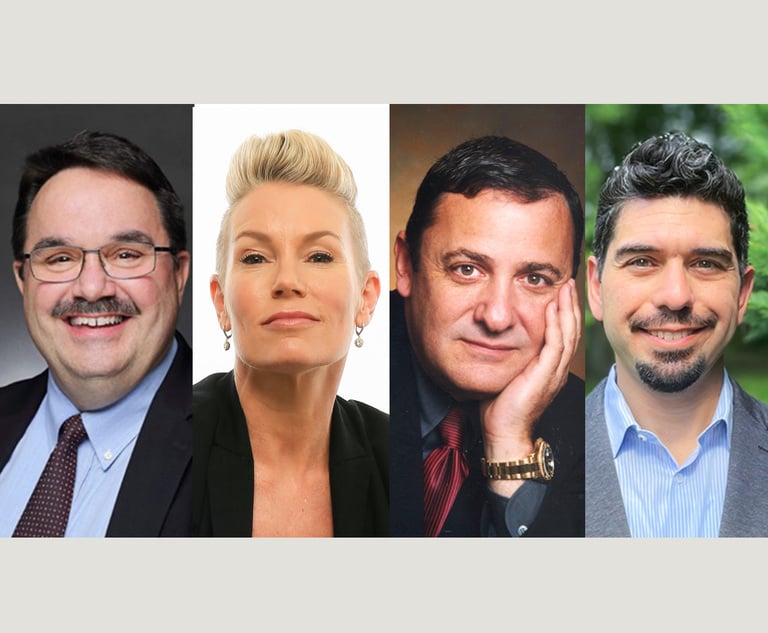The First Amendment course is in my law school teaching portfolio. So, I read with great interest last Friday’s late-night Supreme Court order denying, by a 5-4 vote, injunctive relief to a Southern Californian church to enjoin the state government’s order relating to holding its church services in the age of COVID-19.
Before diving into the deep end of the pool, let’s look at some history. Before the ratification of the First Amendment the states had differing views on protection of religion. In one corner were the states protecting religious worship (the narrow view) and in the other corner were the states protecting religious expression (the expansive view). The second won out and that’s why our First Amendment protects expression. All sorts of expression ended up being protected: from providing for unemployment compensation to an employee whose religion forbade working on a Saturday to allowing an Amish family to keep their children under 16 from compulsory public education. The formula was simple: No compelling reason offered for the rule by the state, then no state regulation. The Supreme Court changed tack somewhat in 1991 and held that if the government’s mere rule is one of “general applicability,” then only a mere reasoned rationale need be offered for its rule.


 Michael P. Maslanka, assistant professor of law, UNT Dallas College of Law.
Michael P. Maslanka, assistant professor of law, UNT Dallas College of Law.




